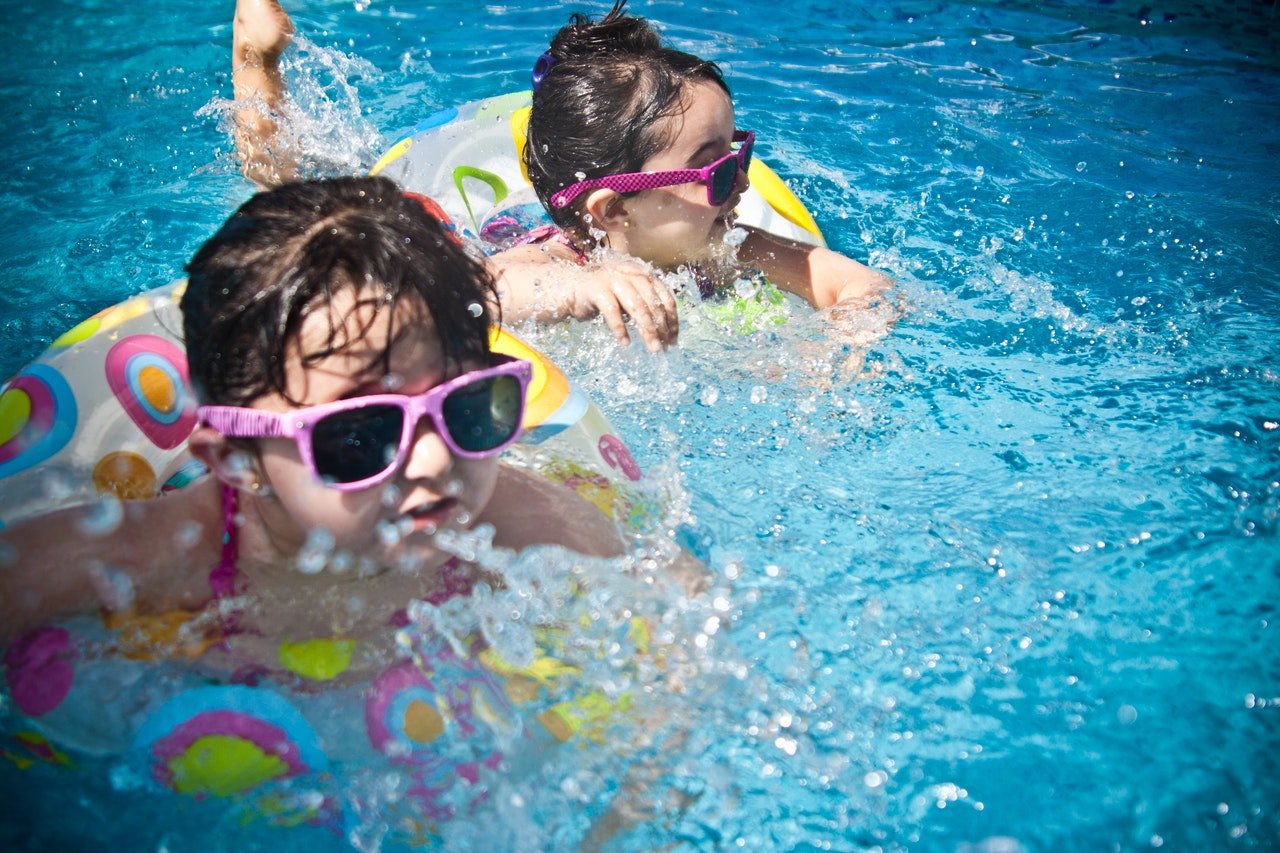Swimming is an important lifeskill. The sooner you teach your child to swim, the lesser the chances of your child being scared of water. Learning to swim can be a fun and exciting time for your child and you as a parent. If you are interested in teaching your child how to swim, you can check here for kids swimming.
Before starting swimming lessons for your child, you must research various classes and teaching techniques. The teaching method for children will differ for different age groups. Below are tips on how you can teach your child to swim, depending on their age.
Babies
This is the age when you introduce your child to water. Get into the pool and play in the water with them. You can even enroll in a class like the Aqua Life Swim Academy, which focuses on getting comfortable and having fun in the water. Their swimming programs let you introduce your child to submersion, kicking, and breath control in their warm salt-water pool. Activities you can do with your baby include bobbing in the water and splashing. Precautions to keep in mind when you take your baby into the water include:
- Hold your baby always.
- Don’t submerge your baby. Your child may swallow large amounts of chlorinated water, leading to nausea, sleeplessness, and even seizures.
- Use a swim diaper to prevent feces from leaking into the pool.
- Be wary of water hazards like inflatable baby pools, tubs, and toilets.
Toddlers
A toddler will be more active in the water when compared to babies. You should, however, still hold them. You can play fun games in the pool or the swimming class to encourage your toddler to kick their legs, move their arms around, and float supported on their back or stomach. You can teach your toddler to blow bubbles. While your toddler may be able to do more things with you in the water than babies, there are still certain precautions you must take:
- You must constantly supervise your toddler when in water. They may feel comfortable in the water and think they can swim by themselves, leading to mishaps.
- Ensure the pool gate is always shut and the lock is not reachable.
- Speak to your toddler constantly about basic safety, like not running around the pool or entering the water only with you.
- Avoid air-filled swimsuits, water wings, and inflatable floatation toys. Your toddler will be at the risk of drowning if any of these deflate.
- Remove all the toys from the pool once your toddler is out. Leaving them inside can tempt your child to get them when you are not looking.
4-5 Years
By this age, your child would have developed enough coordination to swim. If you have not introduced your child to water, pick a class that focuses on making them comfortable. Some classes may let you participate in the first few sessions to make the transition easy. Your child will learn to float in the shallow water. They will be able to put their head underwater for five to ten seconds, go from a standing position to a swimming position without help, reach an exit point, and kick their legs and arms in a coordinated manner. Common water safety steps to take include:
- Stay in the water at a distance when your child is inside.
- Practice patience. Your child may be comfortable in the water one day and scared of it another.
- Ensure the shallow and deep ends of the pool are marked clearly.
- Don’t assume someone else is watching your child, even if it is a lifeguard.
6 Years and Above
By now, your child will be able to control their breath for a long. They will also be able to swim and get objects from the bottom of the pool. They can jump into the water and come up by themselves. You can start teaching different swimming strokes like backstroke and breaststroke at this age. While you won’t have to get into the water with your child, there are certain precautions you must take like:
- Watch all the water activities.
- Ensure your child swims only when an adult is present.
- Let them dive only under adult supervision
- If you take your child to the lake or beach, stay alert. Just because your child swims well in the pool doesn’t mean they will be comfortable in open water.
- Always have a life jacket for water skiing or boating.
Teaching your children to swim begins with ensuring their safety and comfort in the water. As long as your child understands the safety rules and you are close, you can let your child enjoy the water.
